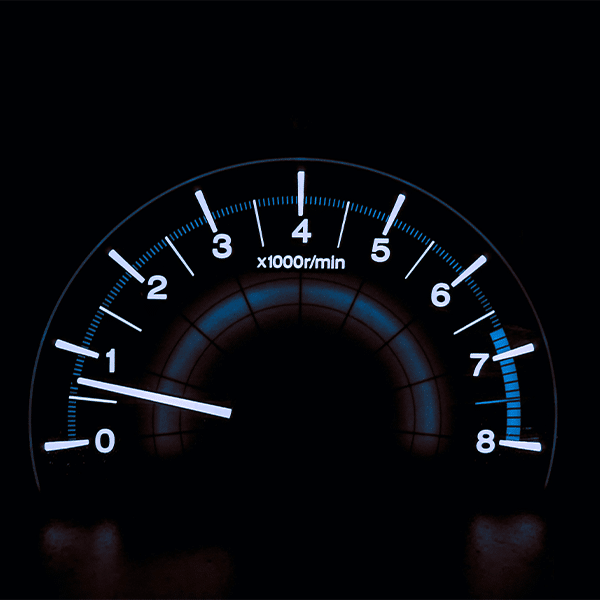 Nine U.S. markets are likely to be the next to see AT&T 5G deployments, according to a forecast from mobile analytics company OpenSignal. The expected AT&T 5G markets are Springfield, Mass.; Portsmouth, N.H.; Syracuse, N.Y.; Harrisburg, Pa.; Huntsville, Ala.; Lexington, Ky.; Fayetteville, Ark.; Reno, Nev.; and Springfield, Mo.
Nine U.S. markets are likely to be the next to see AT&T 5G deployments, according to a forecast from mobile analytics company OpenSignal. The expected AT&T 5G markets are Springfield, Mass.; Portsmouth, N.H.; Syracuse, N.Y.; Harrisburg, Pa.; Huntsville, Ala.; Lexington, Ky.; Fayetteville, Ark.; Reno, Nev.; and Springfield, Mo.
OpenSignal arrived at its forecast by noting markets where AT&T has reduced its use of spectrum in the 850 MHz band for 4G services.
Beginning in November 2019, OpenSignal researchers noted that AT&T reduced its use of spectrum in the 850 MHz band for 4G by 10 MHz in several markets. The next month, AT&T launched its low-band 5G network in the same markets, suggesting that the company repurposed the spectrum for 5G. (The company has more than 10 MHz of 850 MHz spectrum in about 150 markets – traditionally whatever wasn’t used for 4G was used for 3G, the report explains.)
Since then, OpenSignal has seen AT&T reduce its 4G spectrum in the 850 MHz band in more than 40 additional markets. The company then followed that move with 5G launches in some of the markets. The nine markets where OpenSignals expects to see AT&T launch 5G soon are the only ones of the 40-plus markets where AT&T has not yet launched 5G.
“There is usually a gap of a few weeks, or even a month of two, between the operator clearing the spectrum used for 4G and the subsequent launch of 5G,” OpenSignal noted in the report.
AT&T 5G Market Forecast
AT&T initially deployed 5G in limited areas of several markets using high-frequency millimeter wave spectrum. That spectrum band supports the highest 5G speeds but over relatively short distances – a reality that drove the company to focus initially on the business market.
Speeds decreased but coverage areas were greater when the carrier subsequently launched 5G using low-band spectrum in the 850 MHz band. At that time, the company began offering 5G to consumers.
As OpenSignal notes, unused low- and mid-band spectrum is in limited supply in the U.S. for now – and although additional mid-band spectrum will be auctioned this year, it will take some time before operators deploy service using that spectrum. The authors add, though, that dynamic spectrum sharing will ease the impact of the lower-band spectrum shortage by enabling carriers to deploy both 4G and 5G in the same spectrum band and dynamically allocate the spectrum between 4G and 5G users in response to changing demand.
Verizon is particularly bullish about dynamic spectrum sharing – a reality some industry observers attribute to the company being particularly short on lower-band spectrum.
OpenSignal pledged to “keep investigating U.S. carriers’ 5G spectrum strategy and their impact on the mobile experience.”

